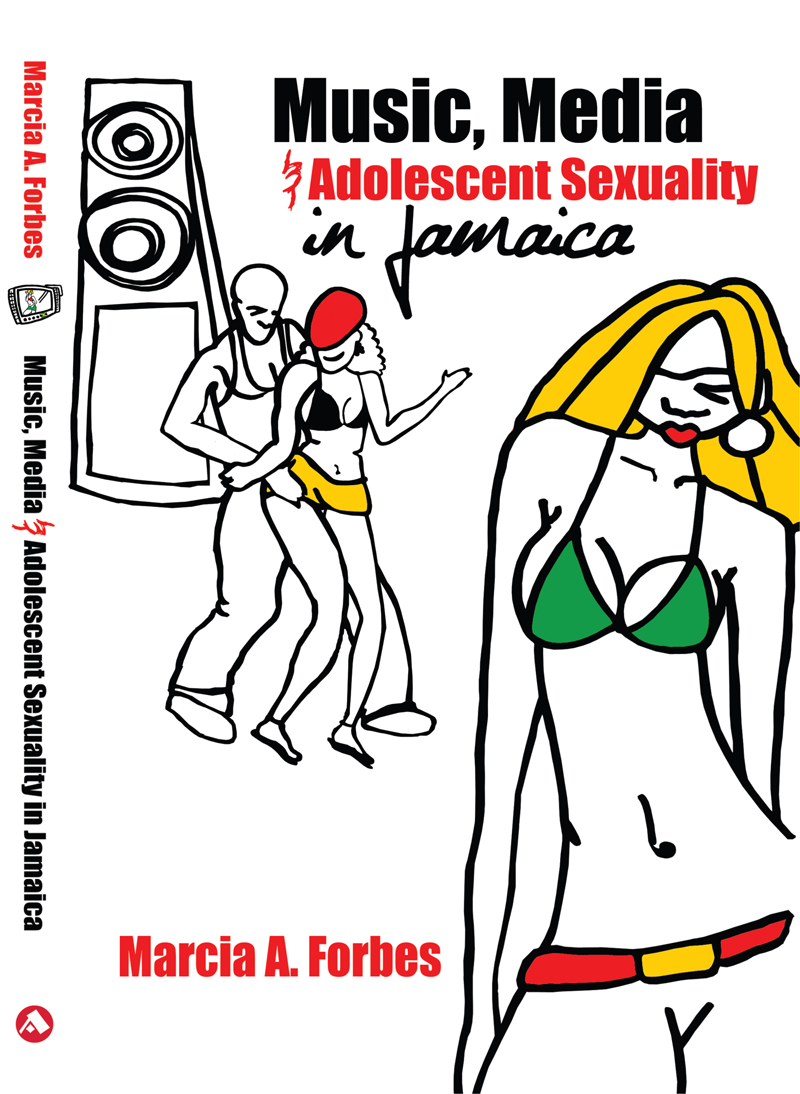What Fate for Radio in Jamaica?
Advertisers buy ‘eyes and ears’. Yet, if the all island media surveys by MRSL are to be believed, some advertisers may be having a hard time as audiences become increasingly fragmented, with some media houses failing to grow or actually loosing audiences. At the end of the day though, all marketers know that global audience figures do not tell the full story. Companies are usually more interested in time slots and programmes or in the case of newspapers, with the writers/colunmist.
Since year 2000 (Y2K) there has been a precipitous decline in the number of working radio sets while TV in general has seen anaemic growth. Even set counts for cable TV seem to be just puttering along. Measurement of the number of satellite dishes by MRSL has now been abandoned, while since 2006, media such as DVD and CD players and the internet began to be measured. Technological changes alter not only purchase of hardware, as reflected in set counts, but even more importantly, media consumption patterns and the fate of media entities.
The challenges facing radio were evident from way back in 1997, well over a decade ago, when the declining trend in radio’s potential audience began to be evident, falling from 1,763,000 in 1996 to 1,719,000 in Y2K. By 2008 the potential audience for radio had declined even further to 1,204,000, almost a 30 percent falloff over approximately ten years. Despite this, radio stations proliferated. Today there are twenty (20) radio stations across the island of Jamaica. All, except the islandwide BBC and RFI, a limited area station operated by the Alliance Francaise, are commercially driven, for profit stations. What then, one may ask, is the fate of commercial radio in Jamaica?
Of note is that it is radio that engages Jamaicans during daytime, not TV. This is not new. Examining MRSL’s (2009) average audiences from midnight to 6pm, radio consistently trumps TV, whether broadcast or cable TV. Broadcast TV rules from evening into nighttime, 6pm to midnight. Average audiences for local cable TV are pathetically poor while international cable TV fares better, but not when compared to broadcast TV. Anyway radio rules the daytime media consumption roost!!
This heavy focus on daytime radio in a time of fragmenting audiences tells its own story.
Radio is the mouthpiece of everyday Jamaicans who are unlikely to have any access to other mainstream media. In a country such as Jamaica, radio plays a critical role, providing an avenue for the angry and the hunger to vent their emotions and to have a voice. Talk radio provides salve for the many wounded among us.
I was not surprised at the large 9am to midday audiences for radio. This is peak work time, yet among radio listeners, this time block represented the second largest average audience, beaten only by that at 6am to 8:59 am, a span of time we always knew as drive-time, radio’s prime time. Between 9 to midday when others are at work, the unemployed and underemployed seek validation and boosts to their self-esteem by sharing their views and opinions on radio. What happens to radio must therefore be of some concern since if this escape valve is removed; murder and mayhem in Jamaica are likely to increase.
Although revenues and profits from radio are usually a very well-kept secret, it is no secret that many radio stations in Jamaica are struggling to keep afloat. Apart from publicly traded entities like the RJR Communications Group which owns three radio stations (RJR FM 94, FAME FM and HITS FM) and is therefore obliged to submit information to the stock exchange, most of us will never know how most of the radio stations across the island fare financially. But we hear stories of radio stations being unable to pay staff and management hustling to ensure that they never miss a penny of potential revenue.
In an earlier article I mentioned that the electronic media (radio and TV) should be looking to the internet as their audiences fragment and migrate to the lands of virtual and interactive. Those who bemoan the invasion of the net by profit-seeking media entities, in a move described as the monetization of the internet, will castigate me for suggesting this. After all, the net originated as the domain where freeness ruled. The changes in this model are lambasted as corrupting and compromising. But, as Jamaicans facing dire economic crunch, we all must explore revenue-generating opportunities, those that are legal and derived from honest work.
Government’s media policies play important roles in all of this. Is unfettered free market the most viable ideology at this time? How many radio stations are ‘acceptable’ for Jamaica? How many stations is it permissible for one entity to own? What about issues of cross-ownership? Is it OK for the same entity to own radio and or TV and or newspaper? How much of a fillip on economies of scale does one media house gain from its multi-media ownership platform? These are tough questions. I must confess that there are no clear-cut answers. It all depends on many, many factors. The Government must demonstrate the capacity to weigh up these factors and create a forward-thinking, relevant media policy.
Even under the present condition of cross-ownership of some seven of the island’s radio stations, twenty existing stations in the little island of Jamaica, with another four likely to come on-stream based on licences already granted, should be quite adequate for variety of voices and content. In serving the industry, MRSL needs to move rapidly to capture richer and more meaningful data in its next survey, including data on internet radio, and the Government needs to make its media policy patently public.


